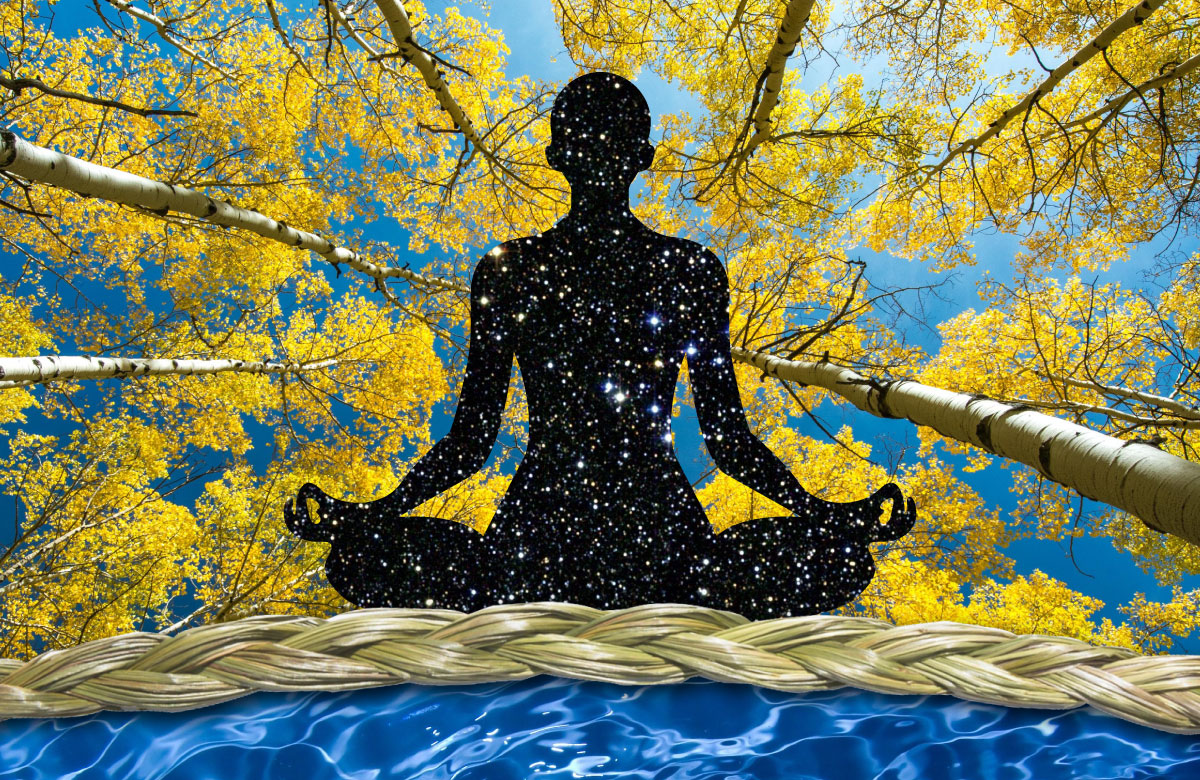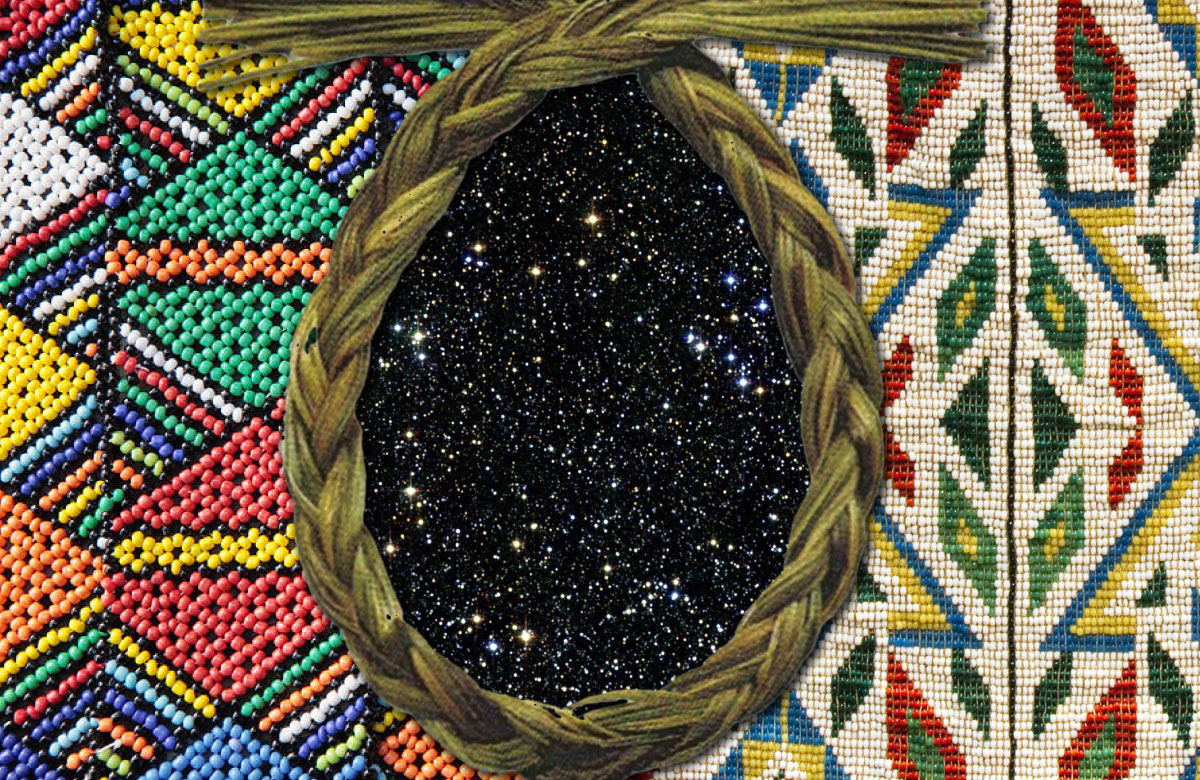
“Every person was born with a set of spiritual instructions or understandings… It’s what we do with it that defines us as human beings.”
― Aimée Craft (Métis), Treaty Words: For as Long as the Rivers Flow
In Part 1 of this series, we looked at the significance of establishing relationships across Black and Indigenous communities and how it disempowers White supremacy. In Part 2: Traumatized People Traumatize People we discussed how folks who don’t heal their traumas act them out in their relationships. Part 3: What Makes for Right Relations explored how balancing critical thinking with appreciation can transform relationships. In this final installment to the series, we look at how important relationships are to expanding human consciousness and evolving humanity to the next level.
What is consciousness? There are many definitions and even scientists studying it cannot agree on one. Without imposing a definition, consciousness in this series refers to one’s story of who/what they are and how they relate to the rest of the Universe. For example, in one story of consciousness, a person may see themself as beholden to a judging, punishing, even vengeful God. In another understanding, a person may believe themself unaccountable to any higher power, separate from, independent of and perhaps even superior or inferior to other people and life forms. In yet another story, one might see themself as interconnected and interdependent with other beings and events in the Universe.
The consciousness story where an individual sees themself and all that exists as manifestations of Spirit, part of a cosmological web of a single being, The One, that is expressing and experiencing itself by creating is common to many of the world’s spiritual belief systems.
In this story, because everything in existence is an expression/fractal/aspect of The One, even the ideas, events, and people we don’t like are aspects of Spirit. There is nothing but Spirit. Therefore, ideas such as good/bad, right/wrong, and other polarities are understood as value judgments we assign to aspects of the Great Spirit. These are mere perceptions that provide us with the contrast we use to transform ourselves and create in the material realm. In this sense, growth requires challenge. Without challenges to overcome we stagnate.

Being in a relationship does more than lend definition to who we are. It enables us to experience spiritual growth as well as the joy of supporting it in others. This is the next level of consciousness: I am you and you are me. – Zainab Amadahy
Consider the metaphor of the oyster living in an underwater environment where granules of sand will constantly penetrate its shell, creating an irritation that eventually transforms into a pearl. In confronting the challenges of life, we exercise our spiritual muscles and become capable of creating finer and finer “pearls” with each endeavour.
Similarly, relationships will inevitably provide us with forms of irritation over time. As discussed in Part 2, we tend to unconsciously attract into our lives those people best suited to mirror our flaws and wounds back to us. The ways we manage our awareness of these flaws and wounds will determine whether we expand or contract our consciousness and at what pace.
This principle applies to any form of relationship, including those forged across communities. When discomfort of any kind arises in a relationship, the formula that promotes expanded self-awareness is to acknowledge its presence, explore it, learn what it has to teach and allow that information to transform you.
In Black and Indigenous communities, the triggering of wounds provides an opportunity to go inward and investigate what needs healing. As individuals heal so do communities. Communities that make space, provide encouragement, and offer resources for healing their members accelerate the expansion of consciousness. The more we see ourselves in each other the more we can appreciate the value of our differences AND similarities.
In an episode of Babylon 5, a 1990s science fiction TV series, an interrogator puts one of the lead characters through a kind of trial to test her capacity to play the role she is destined for in the future. The trial begins with the question, “Who are you?” The Delenn character responds in turn with “I am Delenn.” “I’m the ambassador from Minbar.” “I’m the daughter of –.” She is punished with an electric shock for all her responses, which are considered incorrect.
Upon watching this scene, it would be legitimate to wonder, how one responds to the question “Who are you?” without referring to your relationships. How do you answer without referencing what people call you, your function in society or how you fit into a family, for instance?
How can you understand yourself as giving if you have no one to gift? How do you understand yourself as angry if there is nothing to be angry about? How do you understand yourself as a social justice activist if there is no injustice?
We cannot know what the writer of that Babylon 5 episode was thinking but from a relational point of view the correct answer to “Who are you?” might be, “I am us.”
Being in a relationship does more than lend definition to who we are. It enables us to experience spiritual growth as well as the joy of supporting it in others. This is the next level of consciousness: I am you and you are me. The more we can embody this level of consciousness the less likely we will engage in the kinds of behaviours that got our world into its current mess.
It is the alternating positive and negative charges of electricity that create current, and in this oscillation the output is power. Similarly, the “positives” and “negatives” of life and relationships can POWER us to rise higher up the consciousness spiral if we choose it.









